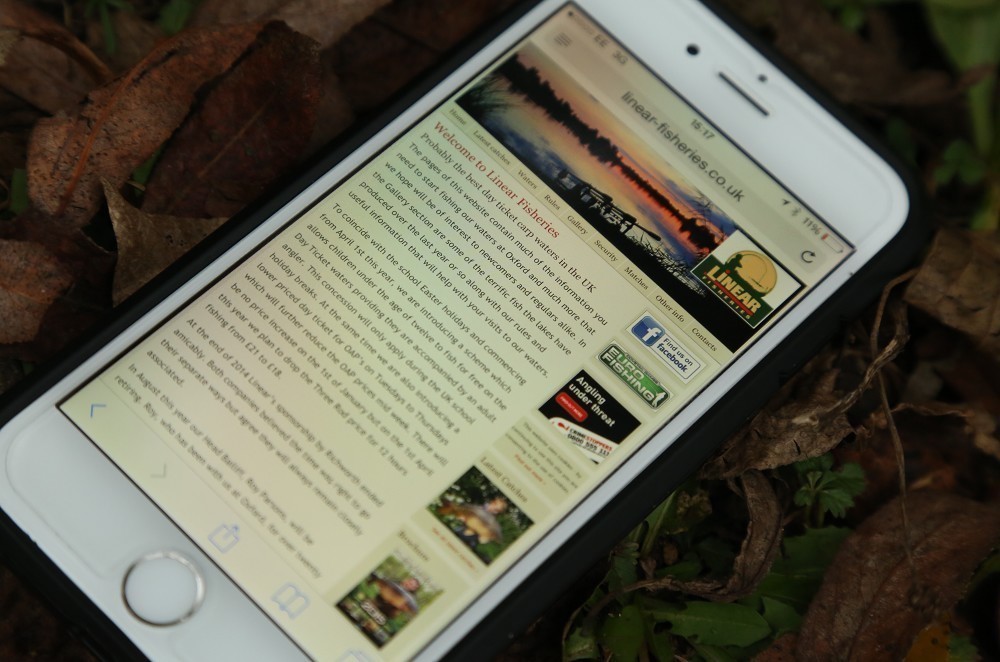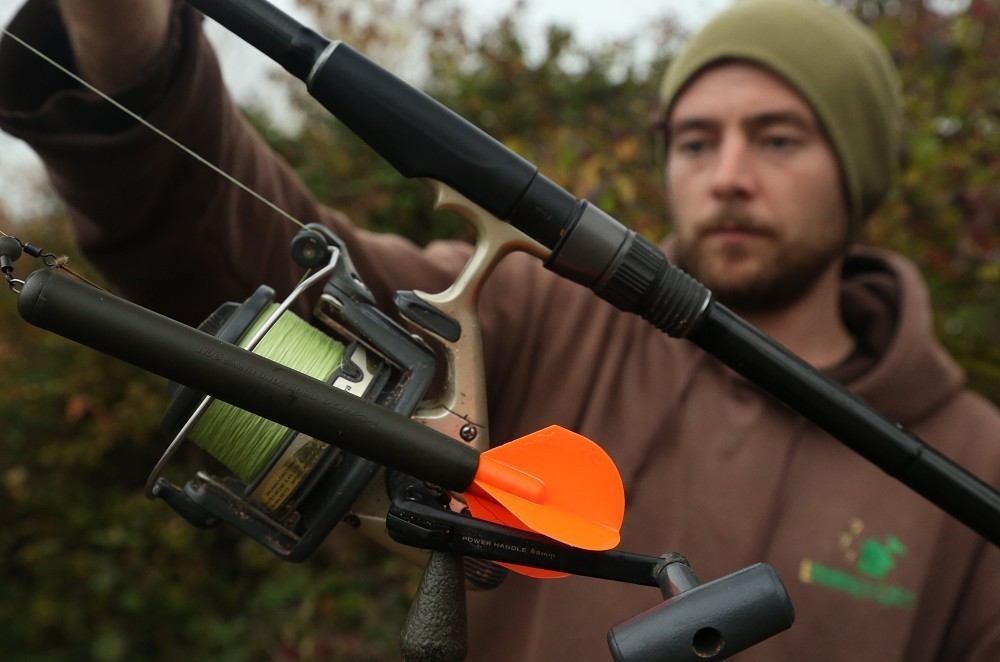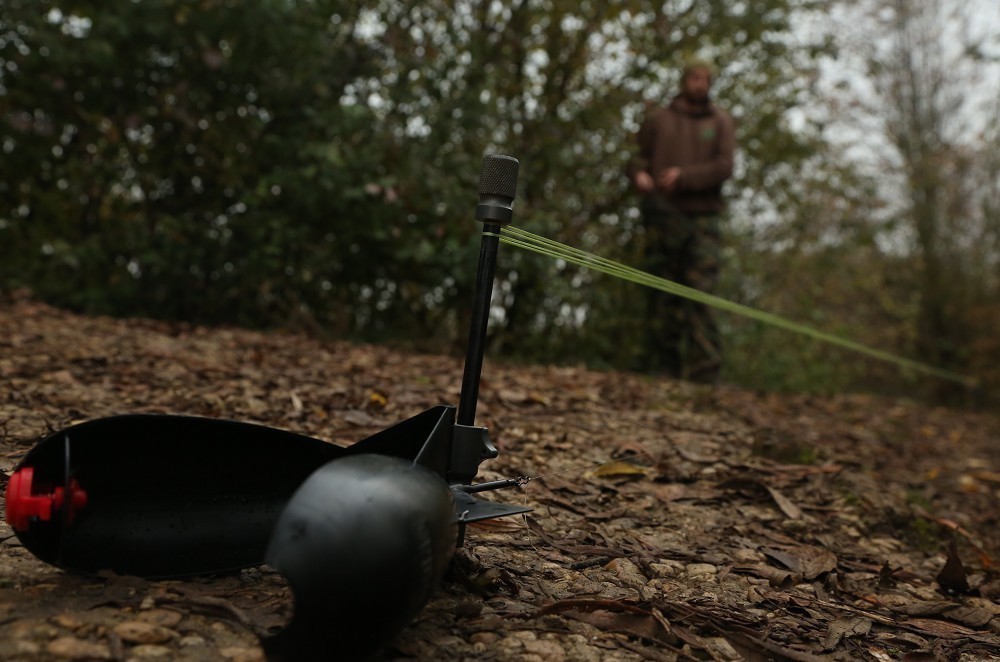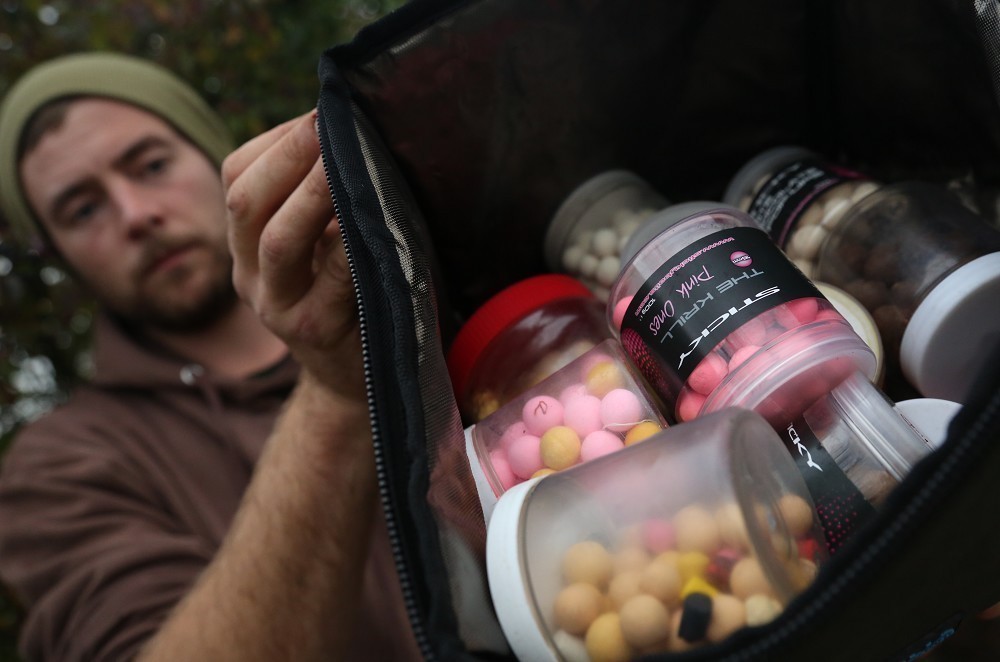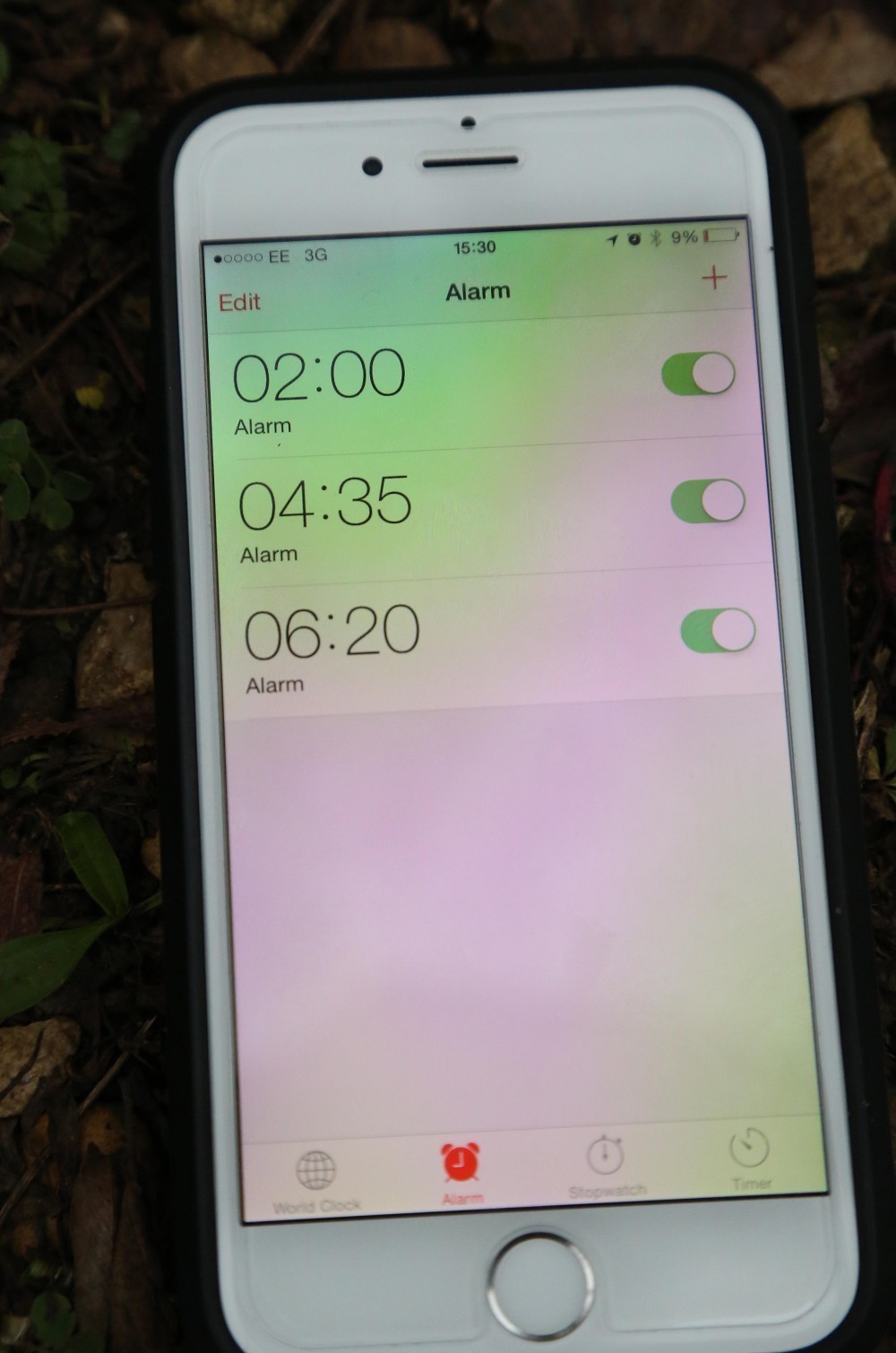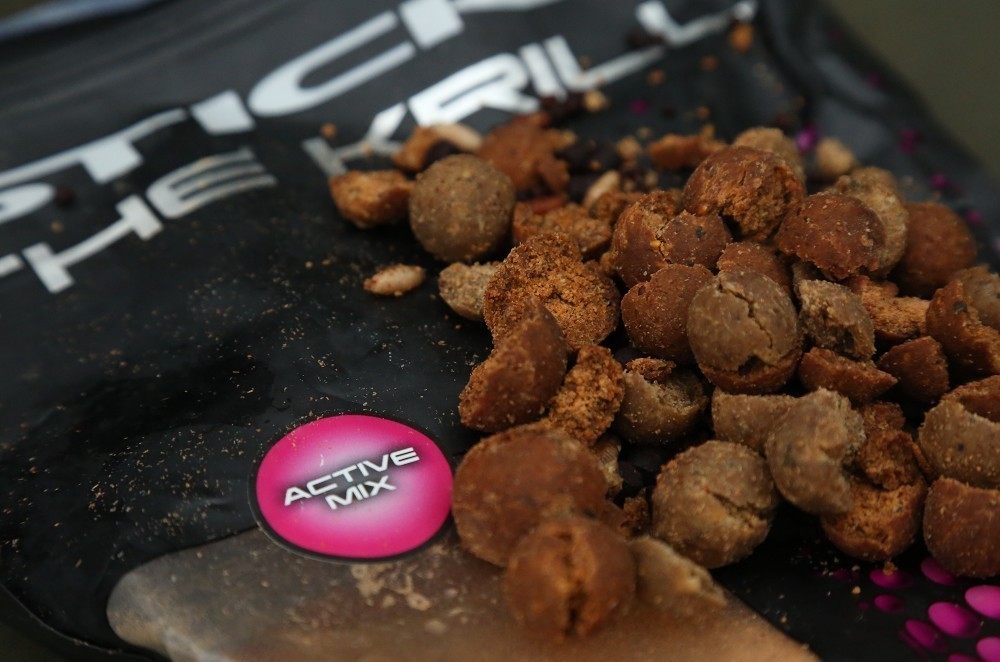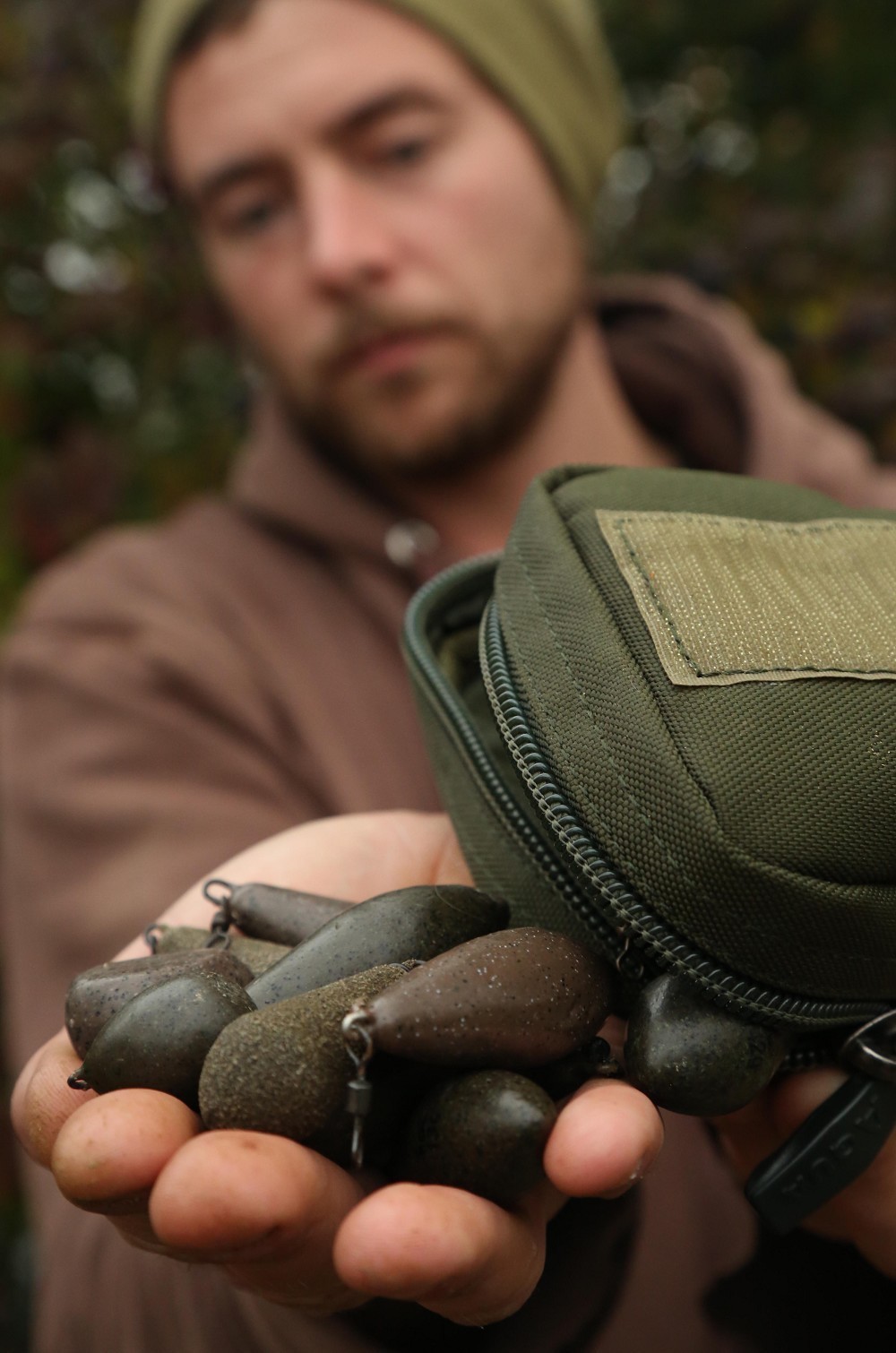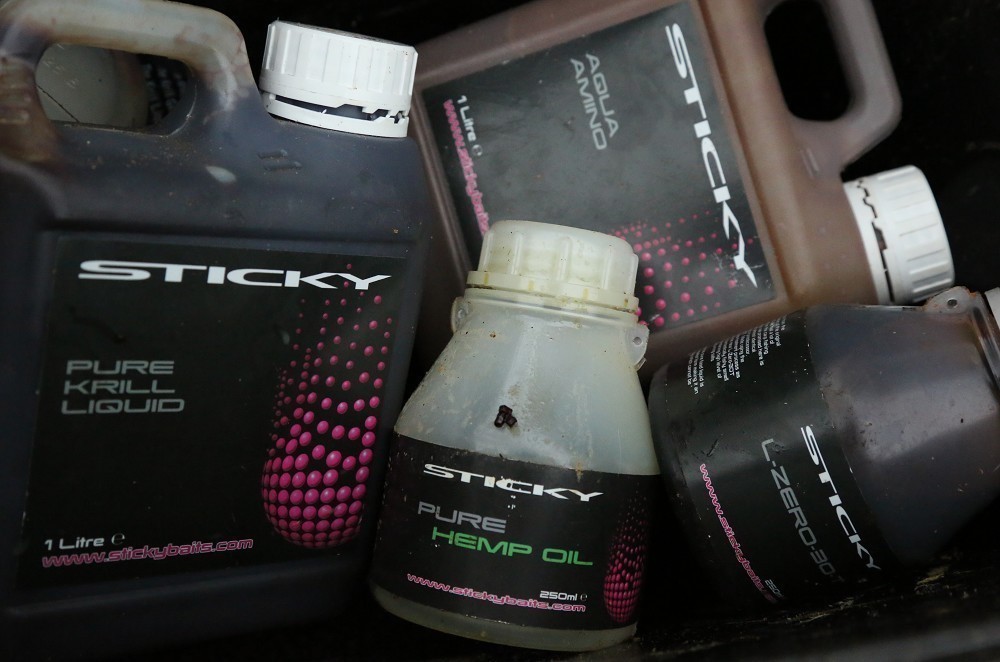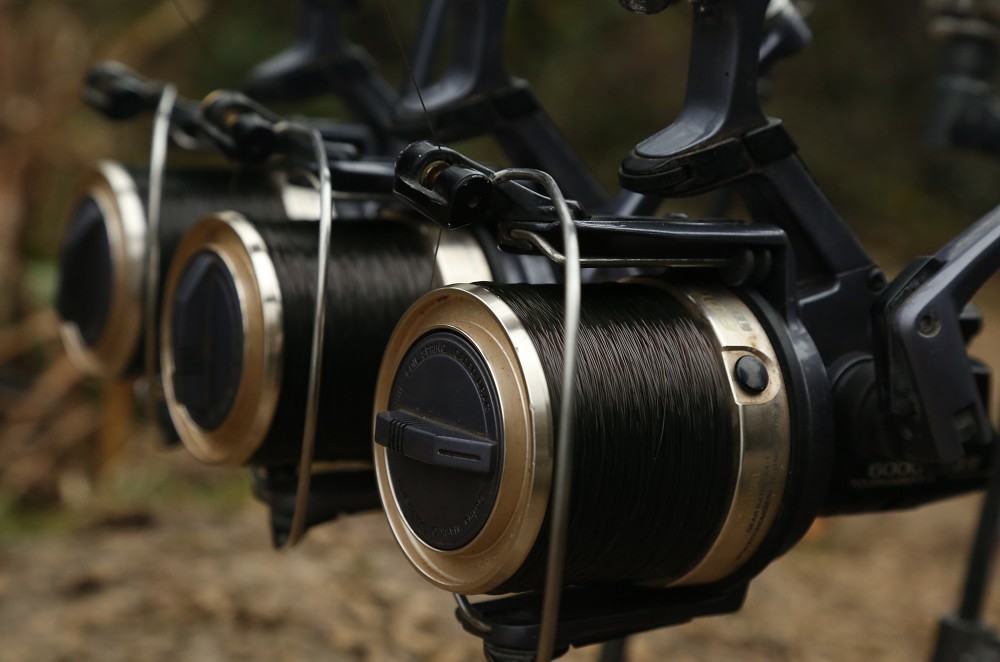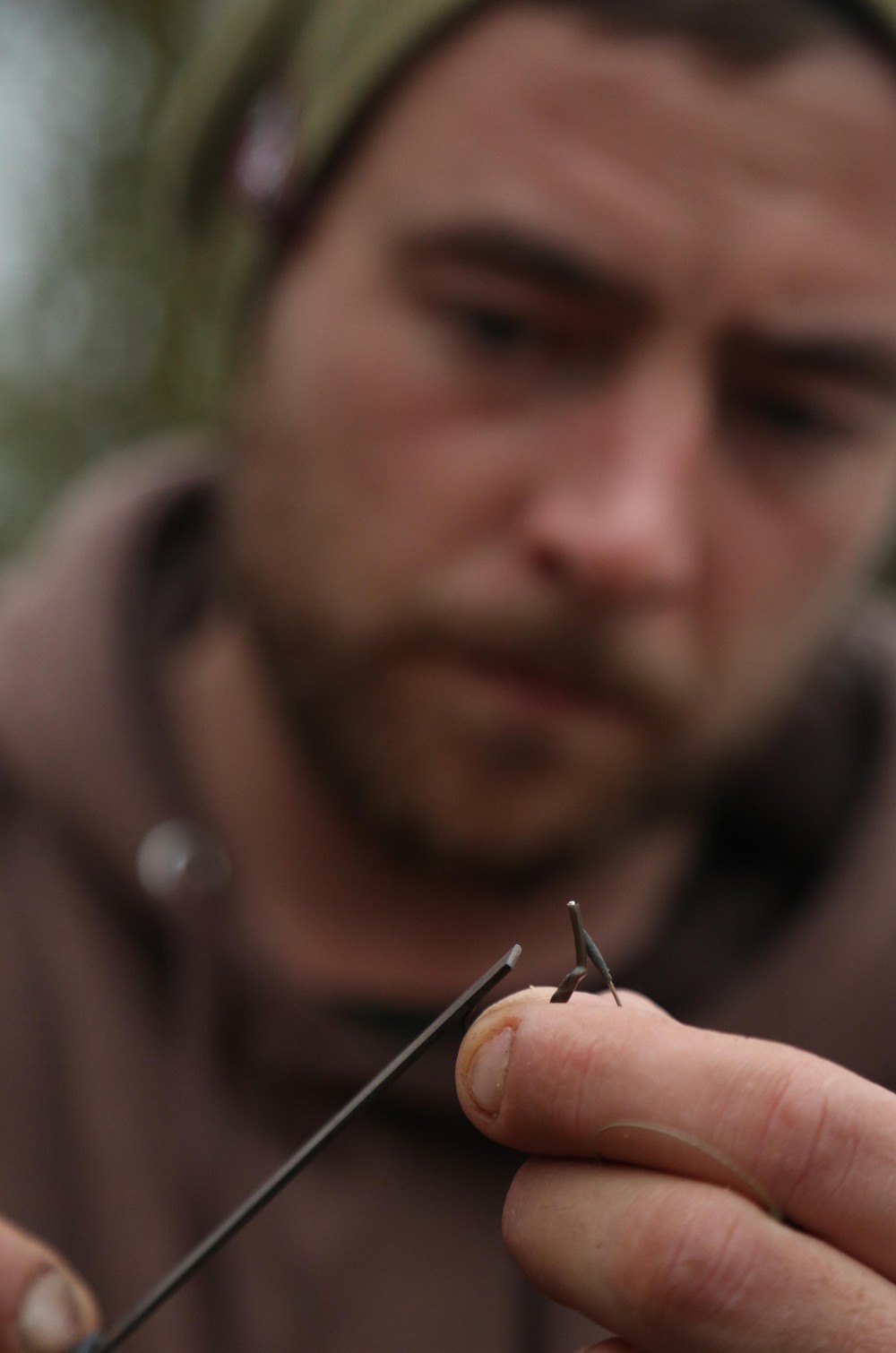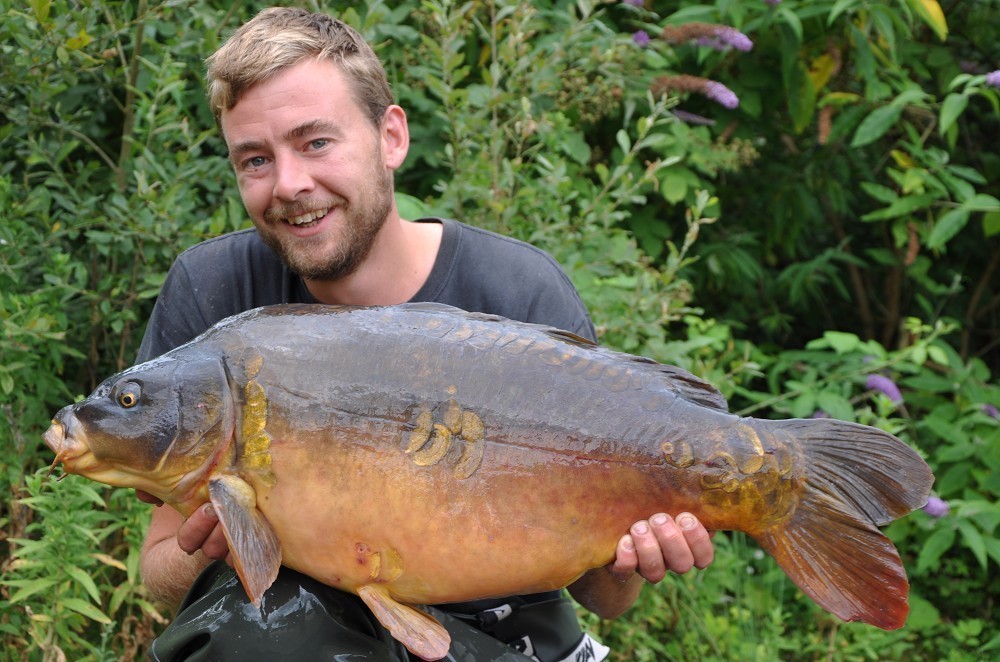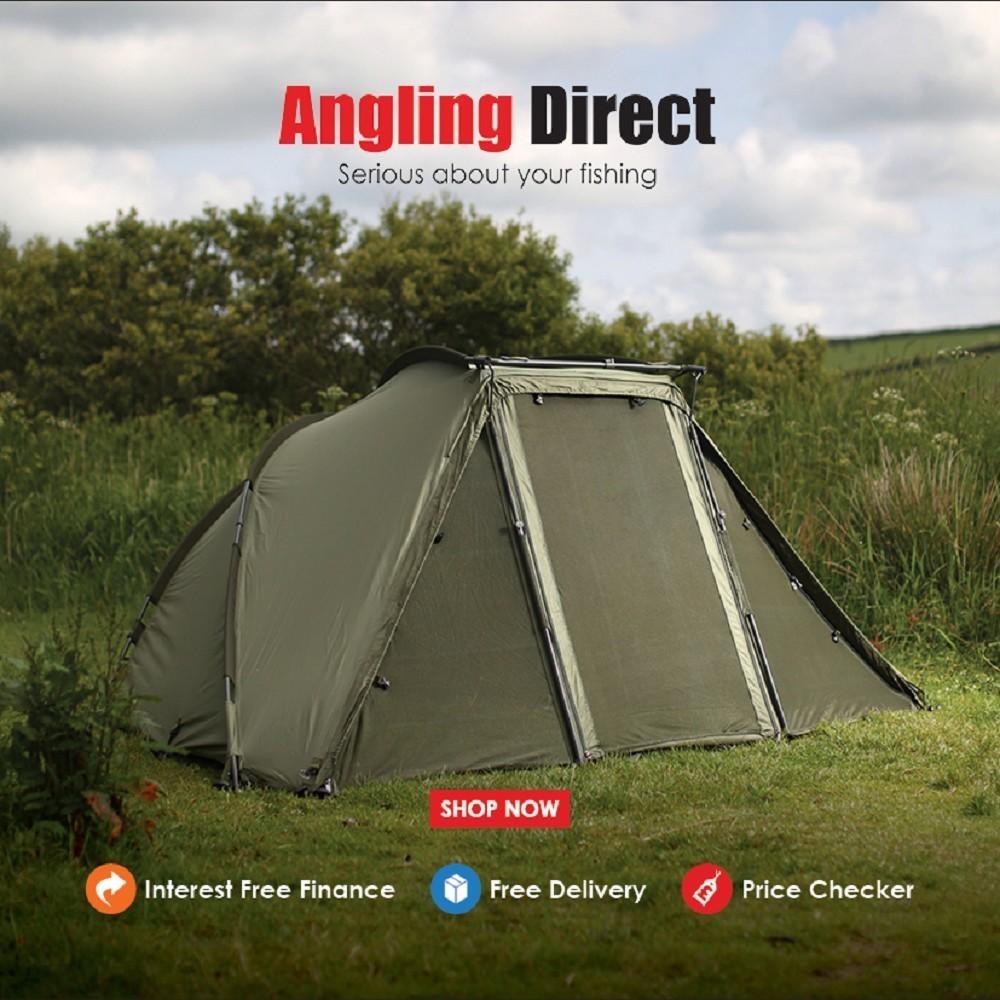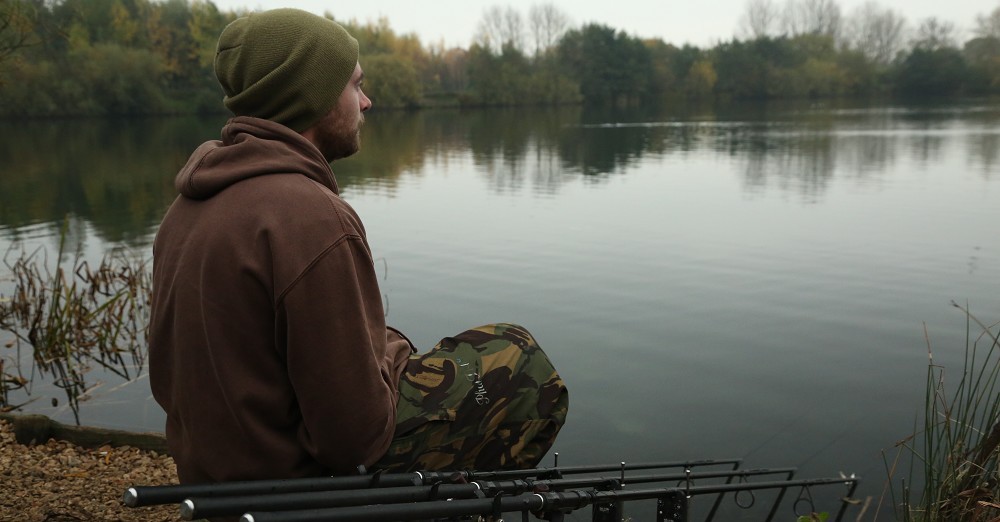
How to approach a new water
Myles Gibson reveals his top tips for approaching a new water...
01 Watching the water
Keeping an eye on the lake is essential. I am always up and about looking and come back from my session drained. The amount of times getting up early or staying up late has enabled me to get on fish is unreal. Soon you can build a picture of where the fish are spending their time and what point in the day.
02 Do your research
There is enough information nowadays on the web to find out some information on the lake that you plan to fish. There is always interesting information such as catch reports, how many people fish it at what point in the week, any nuisance fish and so on. Some websites even tell you accurate stocking levels and what fish there are to fish for.
03 Marker up
Once I get to know a lake I don’t tend to bother with a marker float, but initially it is a key item in my tackle. I start off by leading around and once I have found what it is that I am looking for, I use a marker to see any depth variations.
It is worth keeping note of the shallower and deeper spots. As the weather changes, the fish will go to one or the other and having a mental note of where these features are, will allow you to move to them accordingly.
04 Wrapping up
Once I have found a spot, I want to try and make a note of it. This allows me to get back in to a swim and know exactly where I need to cast, without having to thrash around with a marker float.
For example, if there are fish showing in a swim, I will have noted down how many wraps it is to a bite spot and can get out really quickly.
05 Selection of hookbaits
Even if I know the lake, I always carry a selection of hook baits. Depending on the time of year, I use different hook baits. I have always rolled my own hook baits and even though I do use other pop-ups, I like to have my own.
Generally I will have cork ball pop-ups matching the bait I am feeding, some bright matching pop-ups and some of my own fruits or squids. I have hardened hook baits, wafters and pop-ups, just to cover all bases and the situation that I am faced with.
06 Set your alarm
I don’t ever see or hear of many people doing this, but it really is a huge edge. Especially in the winter time, the fish seem to be a lot more active in the hours of darkness. Being up and about in the night can be a little lonely and dull at times, but the excitement and anticipation when listening out for carp is atmospheric and euphoric. I love it and it has helped me get on to fish when others are completely unaware of them feeding hard in a certain area of the lake.
07 Chopped boilies
It is great to use both chopped and crumbed boilies. It is easier for the baits to leak out their attractants, with the water being able to penetrate the outer shell of the bait much quicker.
It is also easier for the fish to eat and digest the bait, which can be harder in the colder months. I want as much smell in the swim as I possibly can, with little food and maximum attraction.
It is important to pick a bait that you are confident in using. I know there is a lot of negativity towards fishmeals in the winter, but I am a believer of using whatever works for you and whatever you feel confident in using.
08 Selection of leads
I don’t know whether I will be fishing at range or twenty yards out. I don’t want to just stick to one size of lead when I am fishing. Generally, I do prefer a larger lead, mainly for hooking potential with the rig.
However, there are instances where I am moving on to showing fish and want to fish single hook baits on them. I don’t want large leads crashing on their heads, so want to use the lightest leads possible.
I also carry inline leads in case I need to fish solid bags or close in traps too. I carry most of them in the van, but do have a bag with a selection in my gear too.
09 Liquid enhancement
I don’t always use liquids, but always carry a selection with me. Sometimes when I am knocking up a spod mix, want to make a bag mix or fancy dipping my hook baits in something.
I don’t have a go to liquid that I use for absolutely everything. I like to mix it up depending on the lake I am fishing. It is worth carrying some with you when you start on a lake. Hemp Oil for example is a great addition to any spod mix. You will get visual slicks coming off the baited area, which will indicate that the fish are feeding on you. If the carp are not showing, it is great way of seeing if you are on fish or not.
10 Strong line
I always try and use a minimum of 15lb mainline and make sure my spools are filled correctly. You don’t know if the lake you are fishing has a lot of weed or snags and it is important to go in with strong tackle. If you hook a fish, you want to give yourself the best chance of landing it.
I keep the spools filled up well in case I need to fish further out. Lighter line will help you cast further, but well spooled 15lb line is still great for fishing at distance.
11 Hook sharpening
This is the single most important thing in carp fishing. A sharp hook will catch you more fish; fact! You only have to look on underwater DVD’s to see just how many times the fish pick up your rig and spit it out.
There is no doubt that the sharper hook will give you an infinitely greater chance of hooking anything that picks up your rig.





